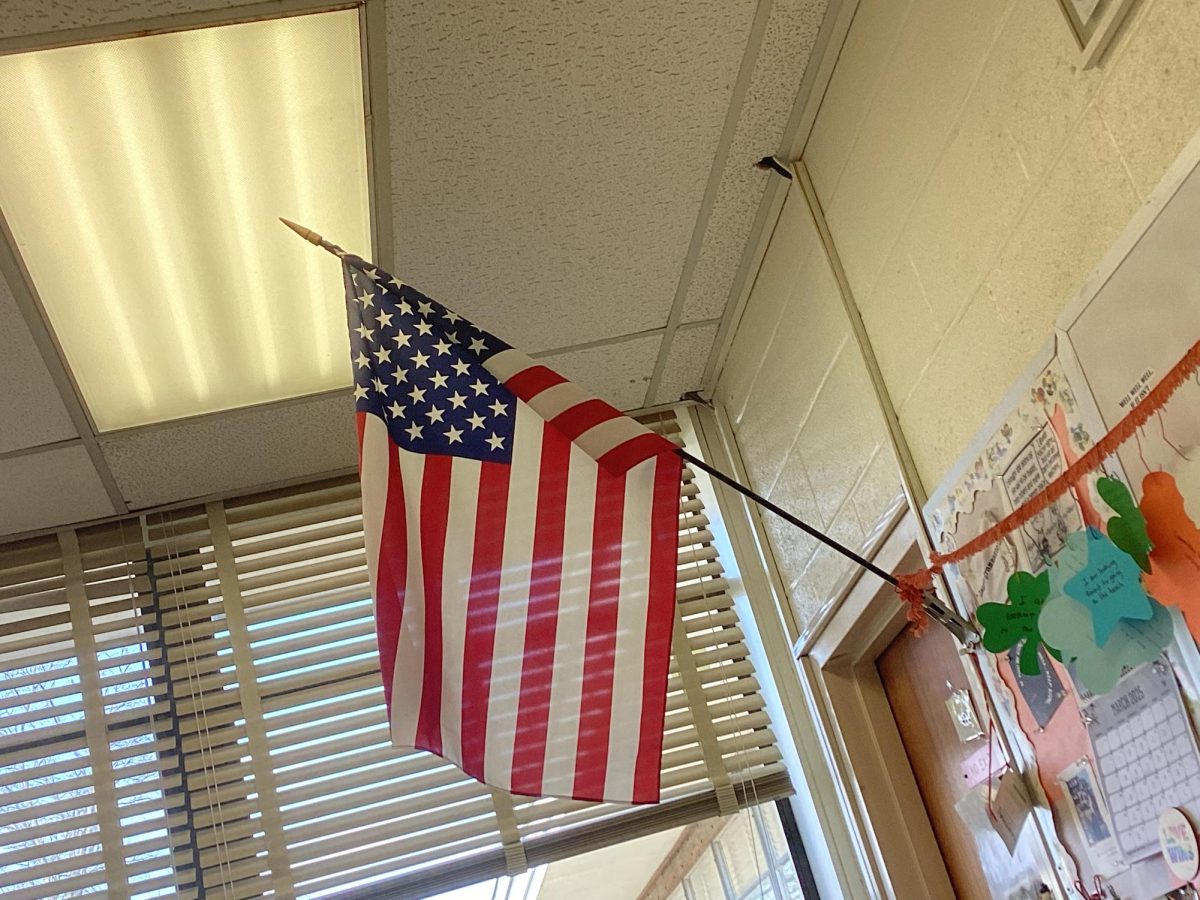Ever since we were young, we were taught about Columbus Day and how Christopher Columbus founded our beloved country. However, our teachers left out some important details of how America was really discovered. Columbus Day truly represents a celebration of genocide and brutality. When Columbus left on August 3, 1492, his goal was to find a new route to Asia. Things took a turn when he landed in the New World on October 12, 1492. This New World, currently America, had already been inhabited by Indigenous people, therefore, he did not find anything. In many ways, Christopher Columbus participated in harmful acts such as mass genocide and abuse towards the Indigenous Natives.
The Encyclopedia Britannica states that there were millions of natives already living in America before he arrived. He tortured them for gold, murdered those who would refuse him and his power, and enslaved those who were in his way. Although in his notes he wrote that the native people he encountered were gentle towards him, he showed no mercy. He robbed their villages, stealing everything that they needed or that he wanted for his own benefit. In many ways, Christopher Columbus participated in harmful acts that diminished the living style of those who lived in America at the time. As a way to kill large amounts of people, he brought disease into America that would kill off many people because of the lack of immunity they had to these new illnesses. He introduced diseases such as measles, smallpox, swine fever (from the pigs that Columbus brought), influenza, chicken pox, bubonic plague, typhus, scarlet fever, pneumonia, malaria and yellow fever. Although the number is not exact, historians estimated that from these abuses, between 80 and 95 percent of the Americans were killed within the first 100-150 years after Columbus’ arrival.
The informational article, Coming to America: Who Was First? (Eric Weiner provides points on how Christopher Columbus was after a very long line of those who reached America before him. Not only was he not the first person to reach America, but another European, Leif Eriksson, was most likely the one to find it before him. There is also a theory that Viking sailors had already established a settlement in that land as well as many other pre-Columbian landings. When they landed in the New World, they found wonderful resources like timber and grapes which were essential for wine making. Many of the resources found first by the Vikings and by the Indians who lived there would be later destroyed or stolen by Columbus and his group. The Vikings didn’t do any damage to the New World, but they didn’t stay because the Indians didn’t want them there. Not only were there many people setting foot in America before Columbus, but others like Bjarni Herjulfsson saw an unknown shore while he was blown off course from his expedition at around 1000 AD.
According to How the Columbian Exchange Brought Globalization—And Disease (Sarah Pruitt) and The Columbian Exchange: A History of Disease, Food, and Ideas (Nathan Nunn and Nancy Qian), the Columbian exchange was considered a massive interchange of people, animals, plants, and dispenses that took place in the Eastern and Western Hemispheres after Columbus’s arrival. Although plants, animals, and seeds were introduced from the New World as a way to have architectural flourishment, they also brought their diseases with them. These diseases killed about one third of the population, making it difficult for them to experiment with the crops. Spanish historian Bartolomé de las Casas reported that “There was so much disease, death and misery, that innumerable fathers, mothers and children died … Of the multitudes on this island [Hispaniola] in the year 1494, by 1506 it was thought there were but one third of them left.” The Columbian Exchange also focused on the aspects of trading people. With the amount of people dying, there was an extreme need for labor. They resorted to trading African Americans, which resulted in the Trans-Atlantic Slave Trade. Trading these people resulted in the migration of about 12.5 million Africans between the 16th and 19th centuries.
Even though Columbus did many benefits towards the development of America, the overall way of how he completed that task was unjust and brutal. Columbus Day should not be celebrated because of the harmful events like the Columbian Exchange, loss and killings he completed, and suffrage by disease that he caused.

